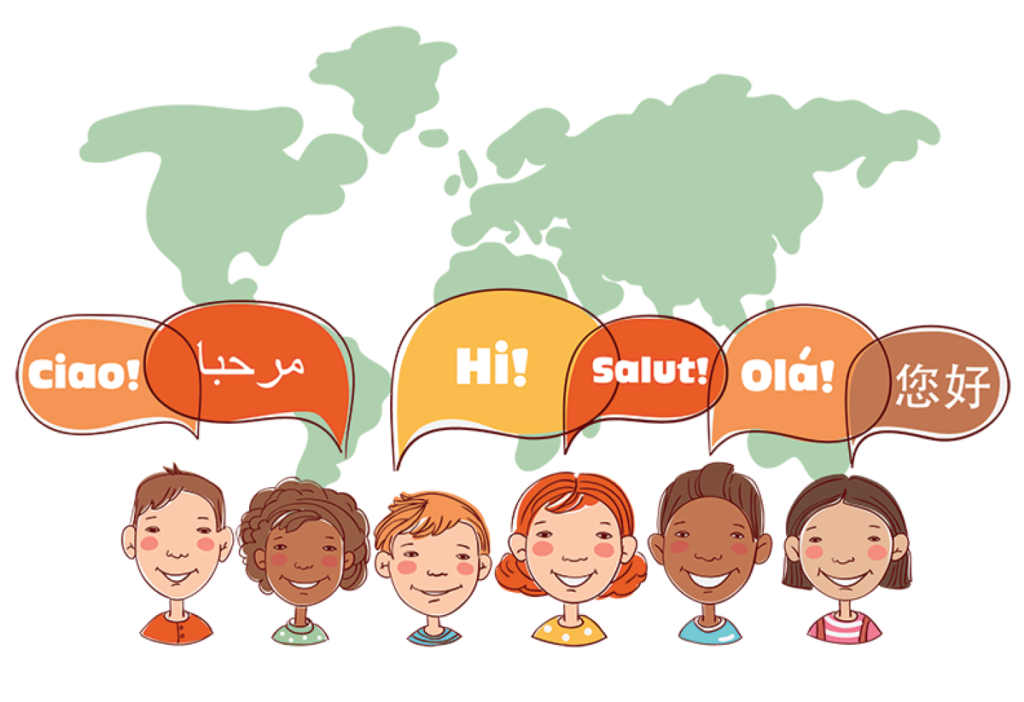
The Four Cultural Norms of Sociology
Culture is the umbrella term that encompasses the collective social behavior and traditions observed in different human communities, the beliefs, arts, behaviors, customs, laws, skills, and talents of the people in those communities. It is a very important aspect of human society that can be seen from the macro level to the micro level, at the family level, the neighborhood level, even in the national level. The diversity of cultures encountered in today’s world is very wide. We can find two or three cultures in one school, two or three in the village, one in the campus and so on. Thus, it has become an important aspect of studying the definition of culture.
Most of the sociologists believe that cultural universals are the shared experiences of societies that are widespread and deep-rooted in time and space. These cultural universals are usually derived from a number of sources including historic experience, oral tradition, myth, values, and actions of individuals who are attached to their own community, tribe, nation, linguistic group, or ethnic group. A few of them are quite vague and have no significant connection with reality. However, most of them are concrete and empirical, depending on the type of society examined and the level of analysis being performed. Thus, there are four common cultural universalities.
The first cultural universal is the difference between culture and language. People living in different cultures have developed and maintained their own set of social rules and social behaviors and did not share any cultural norm with other cultures. For example, while most people in the United States can readily understand the concept of gender discrimination or the difference between black and white, they do not share the same cultural beliefs and attitudes.
The second cultural universal is the difference between individual and group culture. The group culture is an abstract, almost empty concept, representing the beliefs and behaviors of a small group of people. These groups may be religious or ethnic, or even political entities subscribing to a specific political ideology. In contrast, the abstract and essentially meaningless culture is the common social norm shared by almost all people. It includes most of the beliefs and actions of people within the US society.
The third cultural norm is difference and differentiation. Different cultures express and enforce their own norms in different ways. Some social sciences are oriented towards identifying and describing similarities and differences, both qualitatively and quantitatively. Some fields, like anthropology, have a strong methodology that relies on comparing quantitative data from various societies to identify similarities and differences. Most fields, however, depend on qualitative methodologies that seek to describe patterns of variation in behavior and beliefs without identifying any underlying structure or dynamics.
The fourth and last cultural norm is change. Societies have the power to transform their cultural structure and beliefs over time. This can result to new variations in norms, values, and social life-style. These changes are commonly accompanied by conflict and some degree of violence, especially when these alter the power balance between dominant and minority groups and/or socio-economic status within societies.